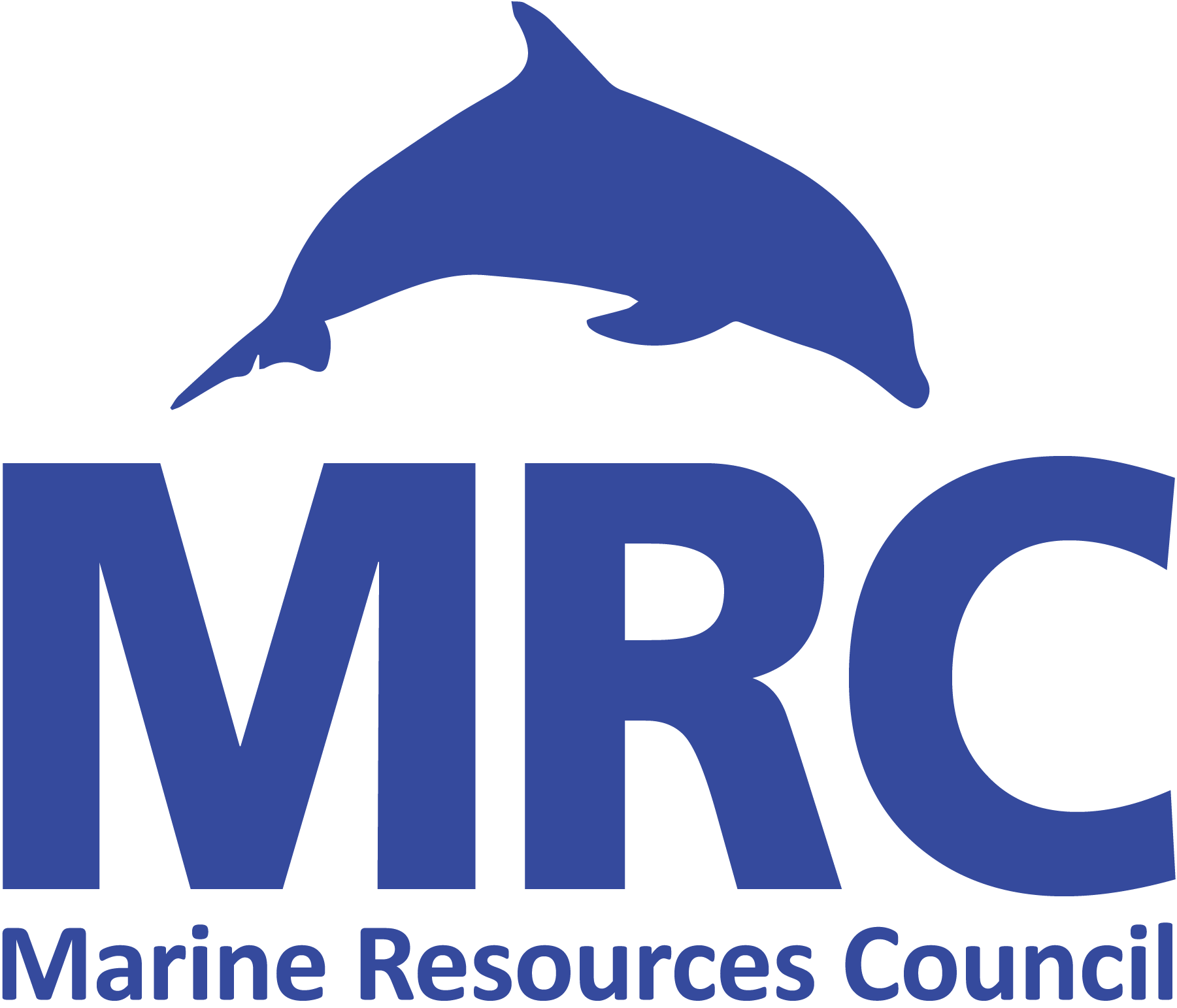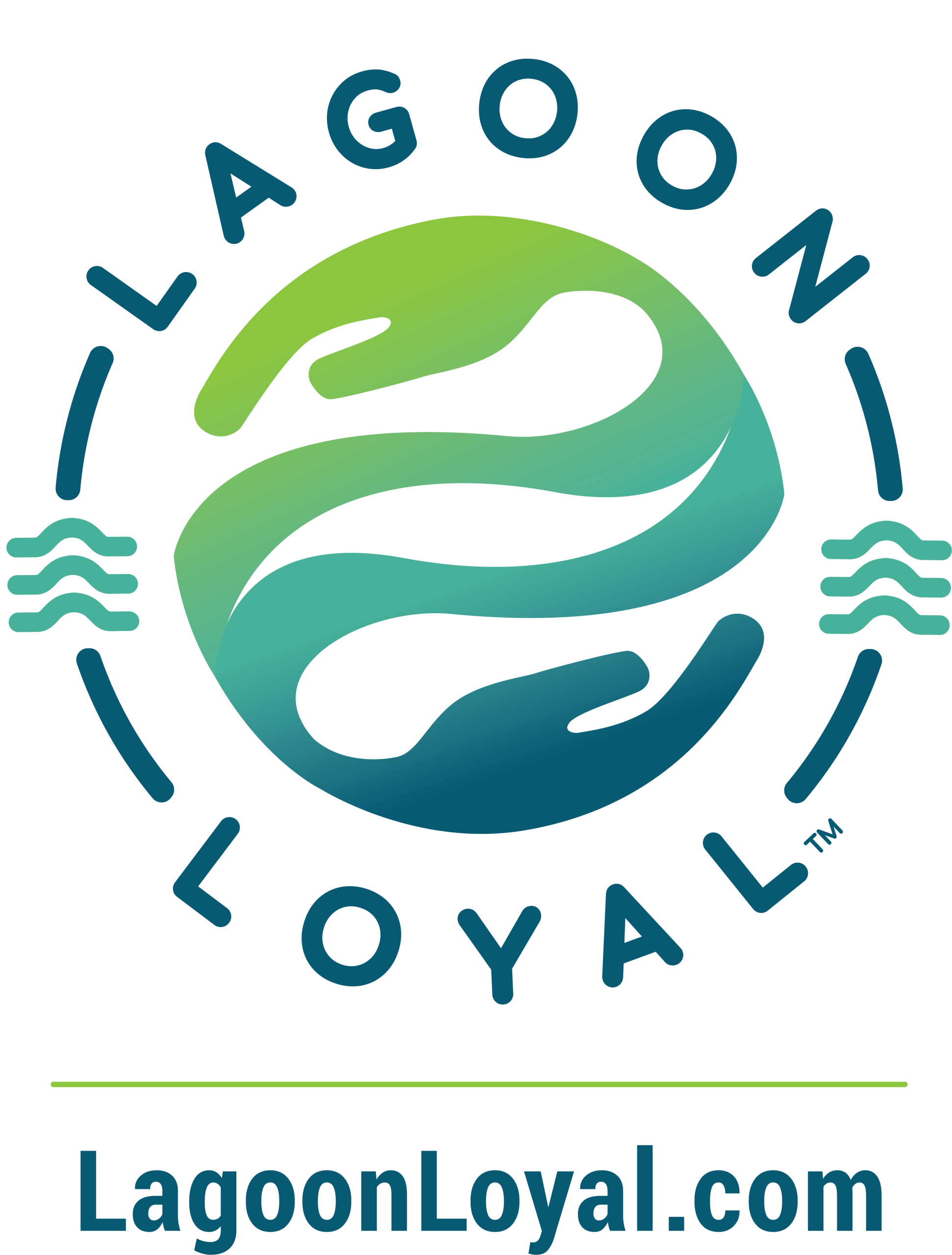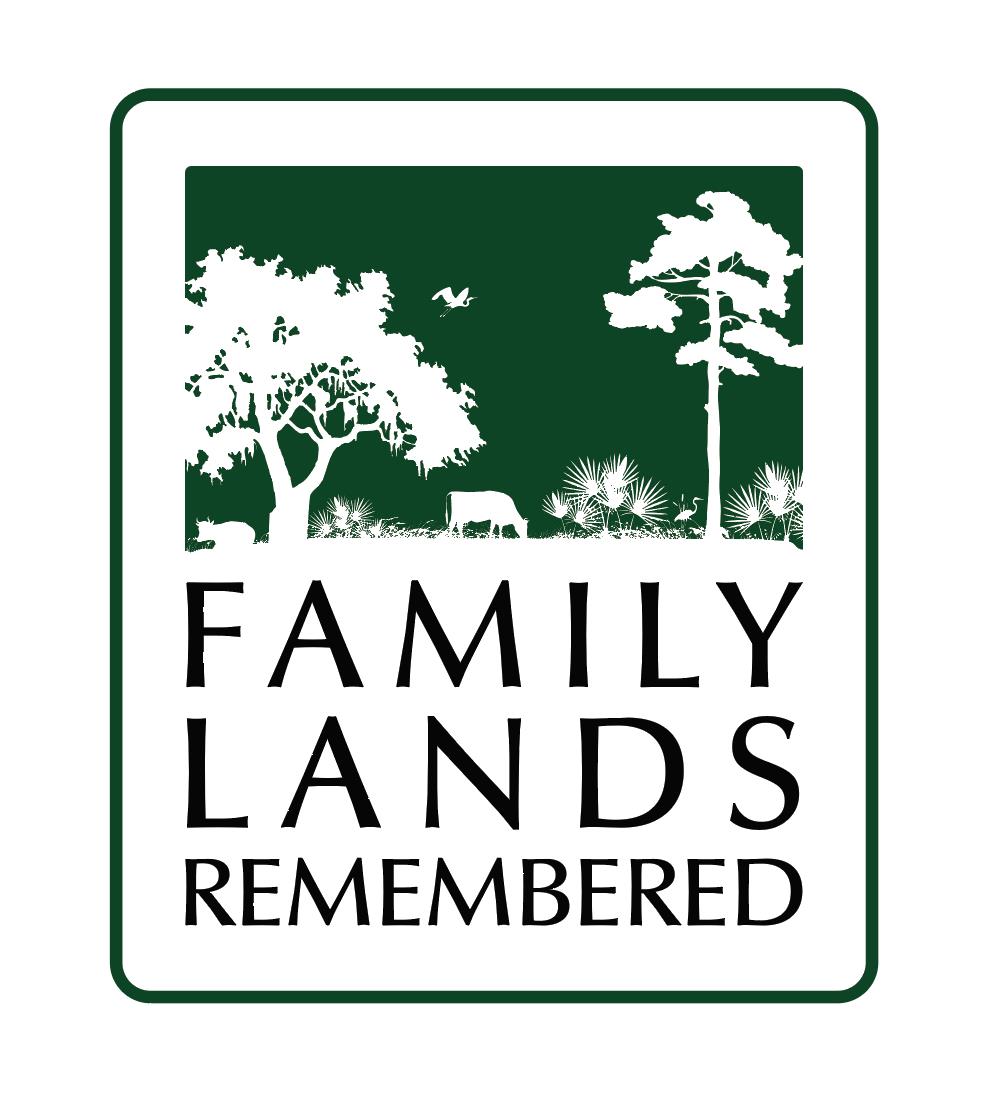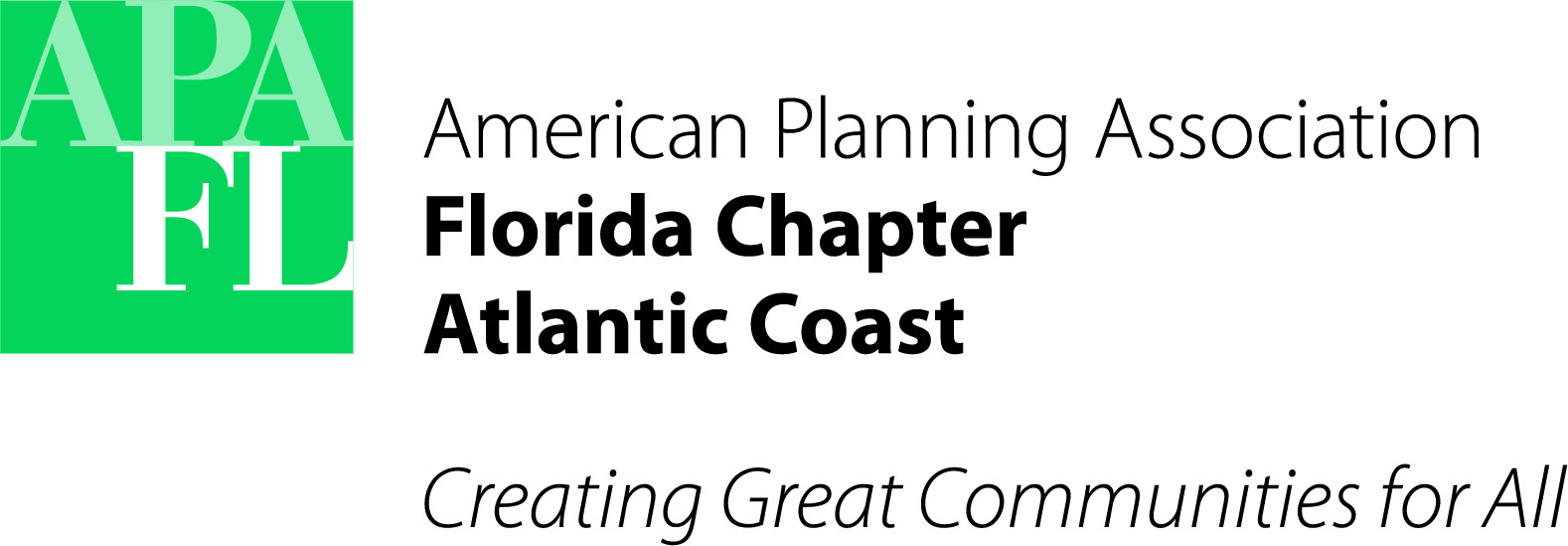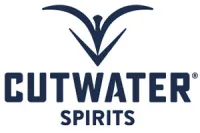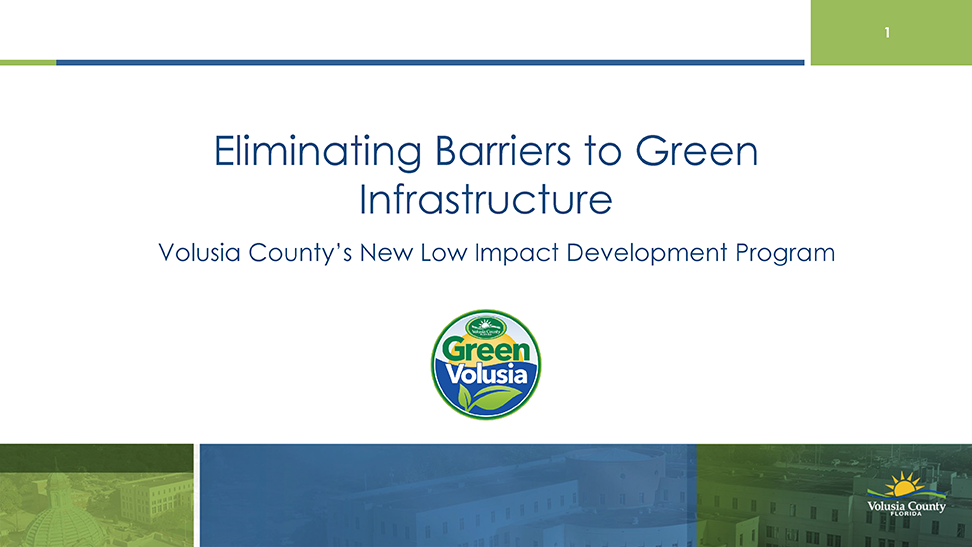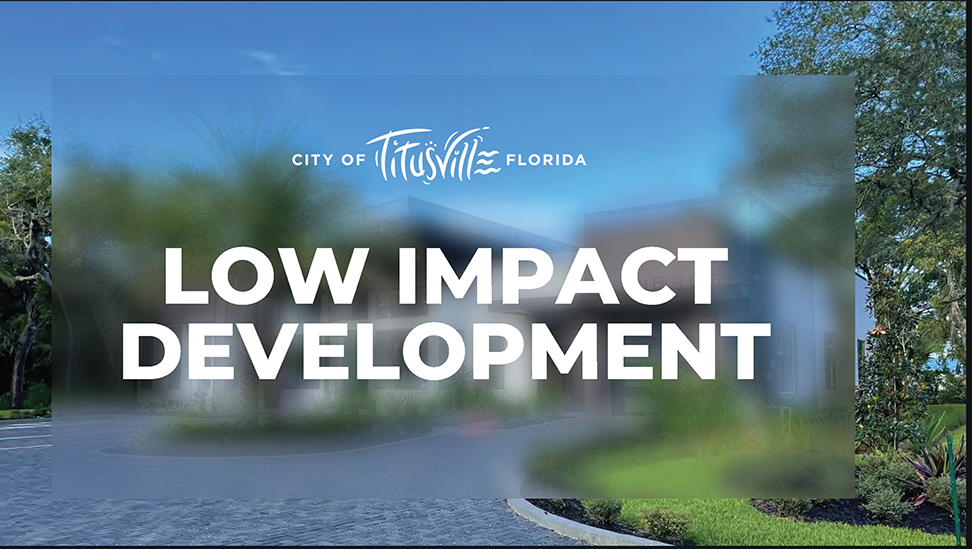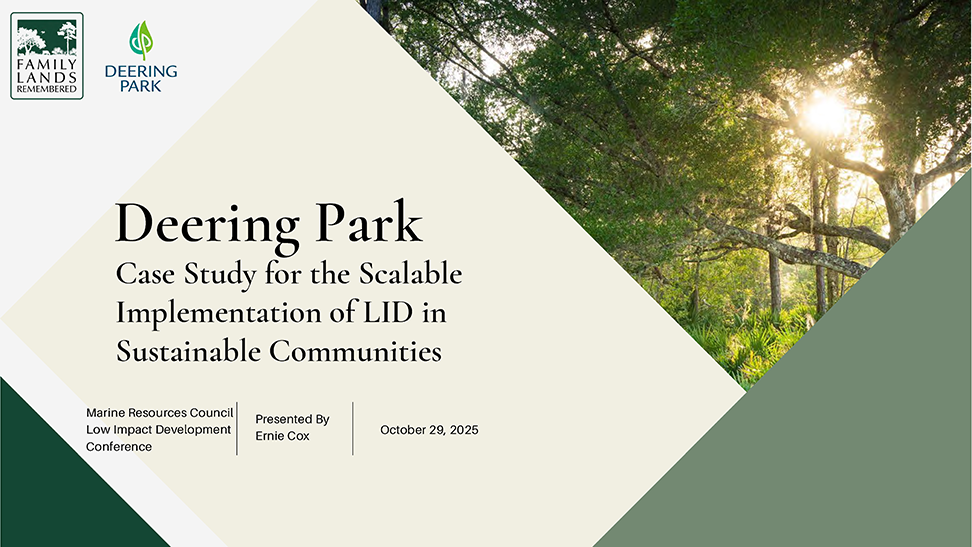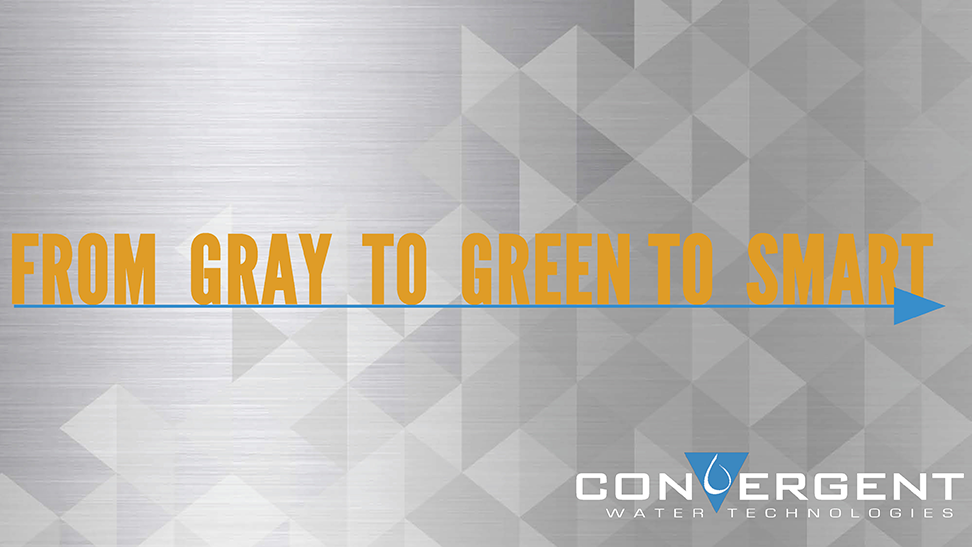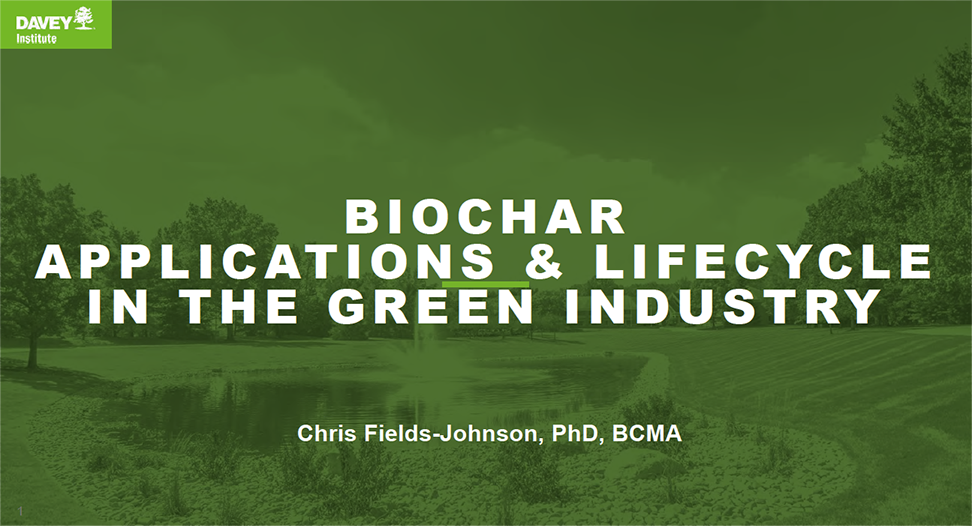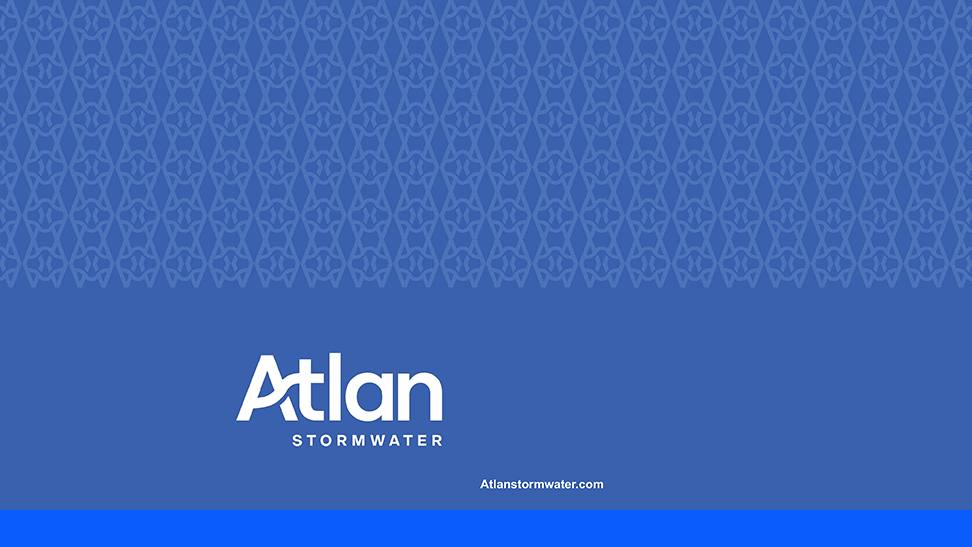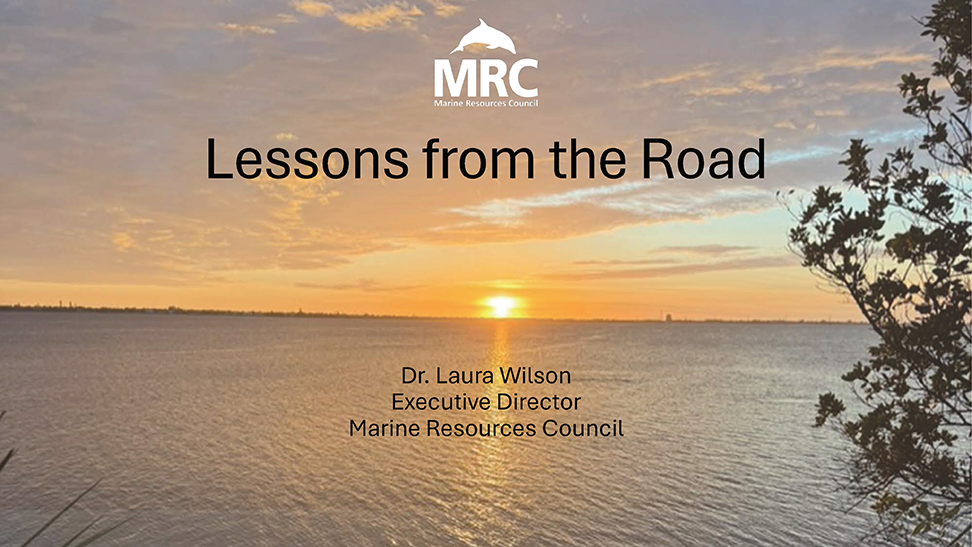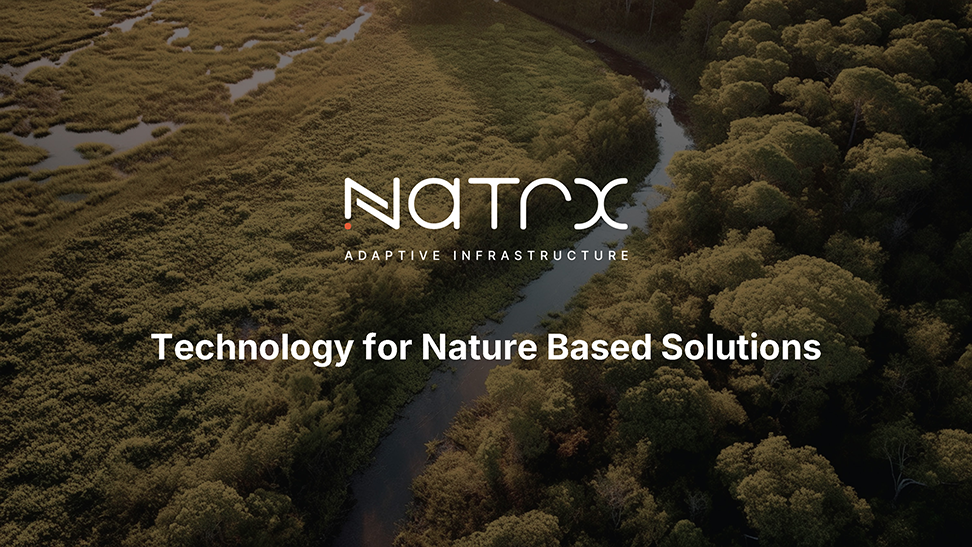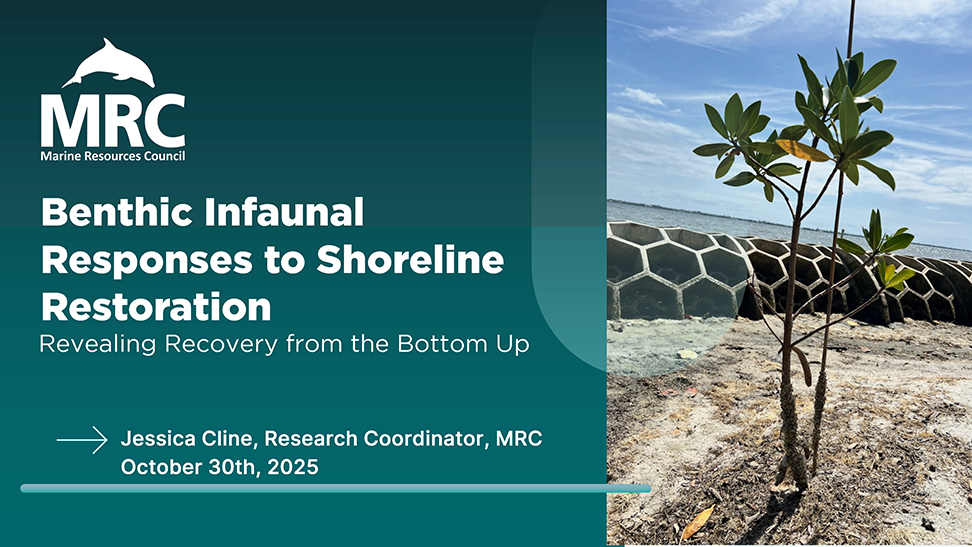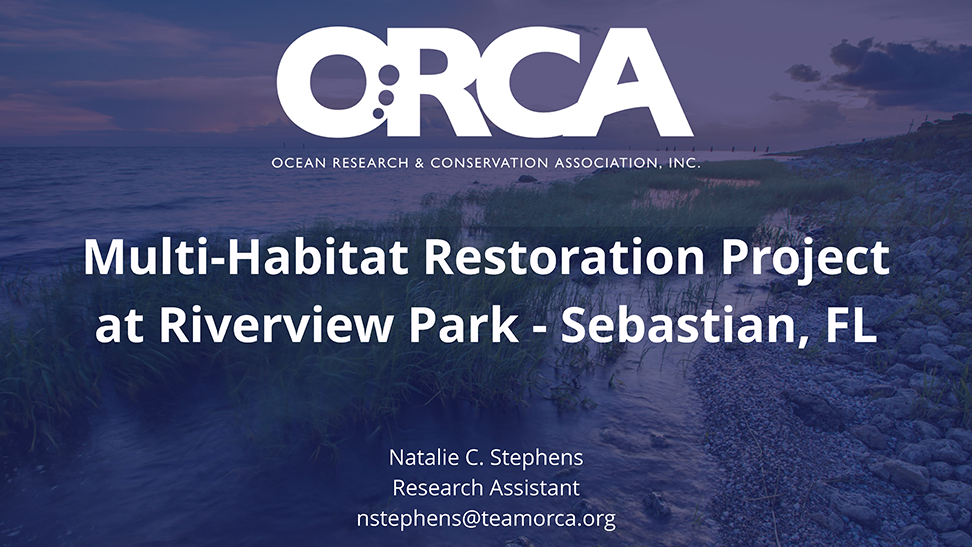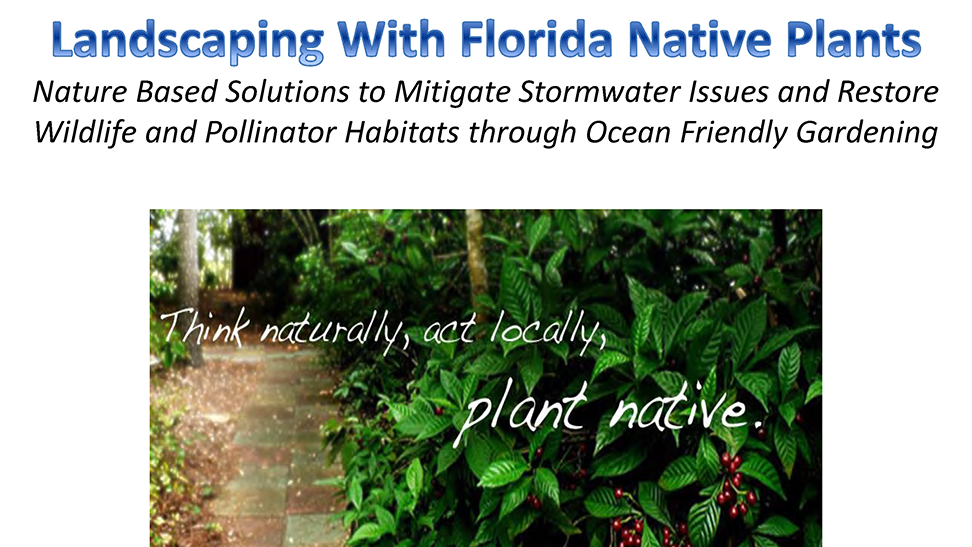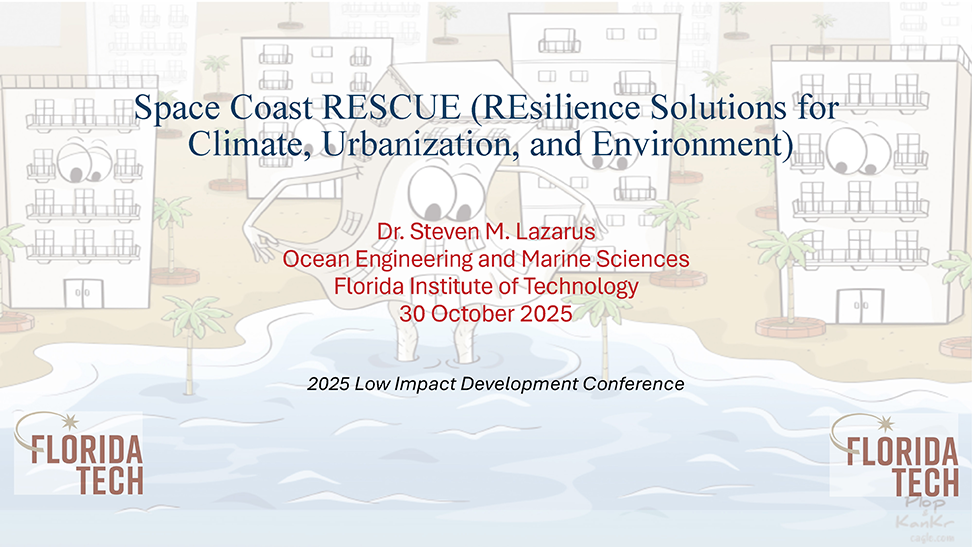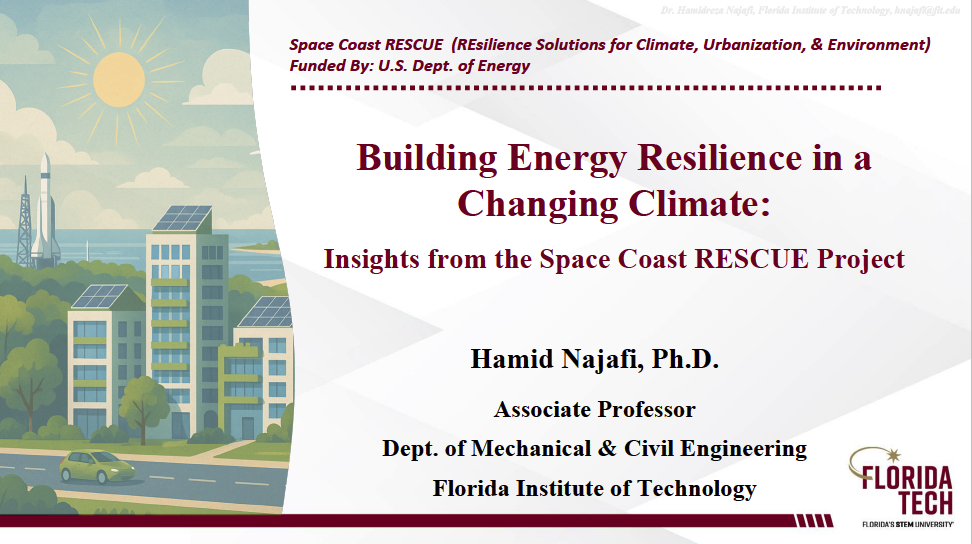2025 MRC Low Impact Development Conference
FOCUSED ON PROJECT IMPLEMENTATION
Thanks for Attending!
The 2025 MRC Low Impact Development (LID) Conference was held October 29-30 at the Center for Collaboration in Rockledge, Fl. The event brought together experts, professionals, and stakeholders from around the area. This year focused on project implementation, cost-benefit analysis, innovative technologies, and more.
Event Resources are available below.
Focus topicS
Site-Specific Considerations
Cost-Benefit Analysis (Return on Investment)
Innovative Technologies
Green Infrastructure (GI)
Applying LID/GSI To Projects
Emphasis on Completed Projects
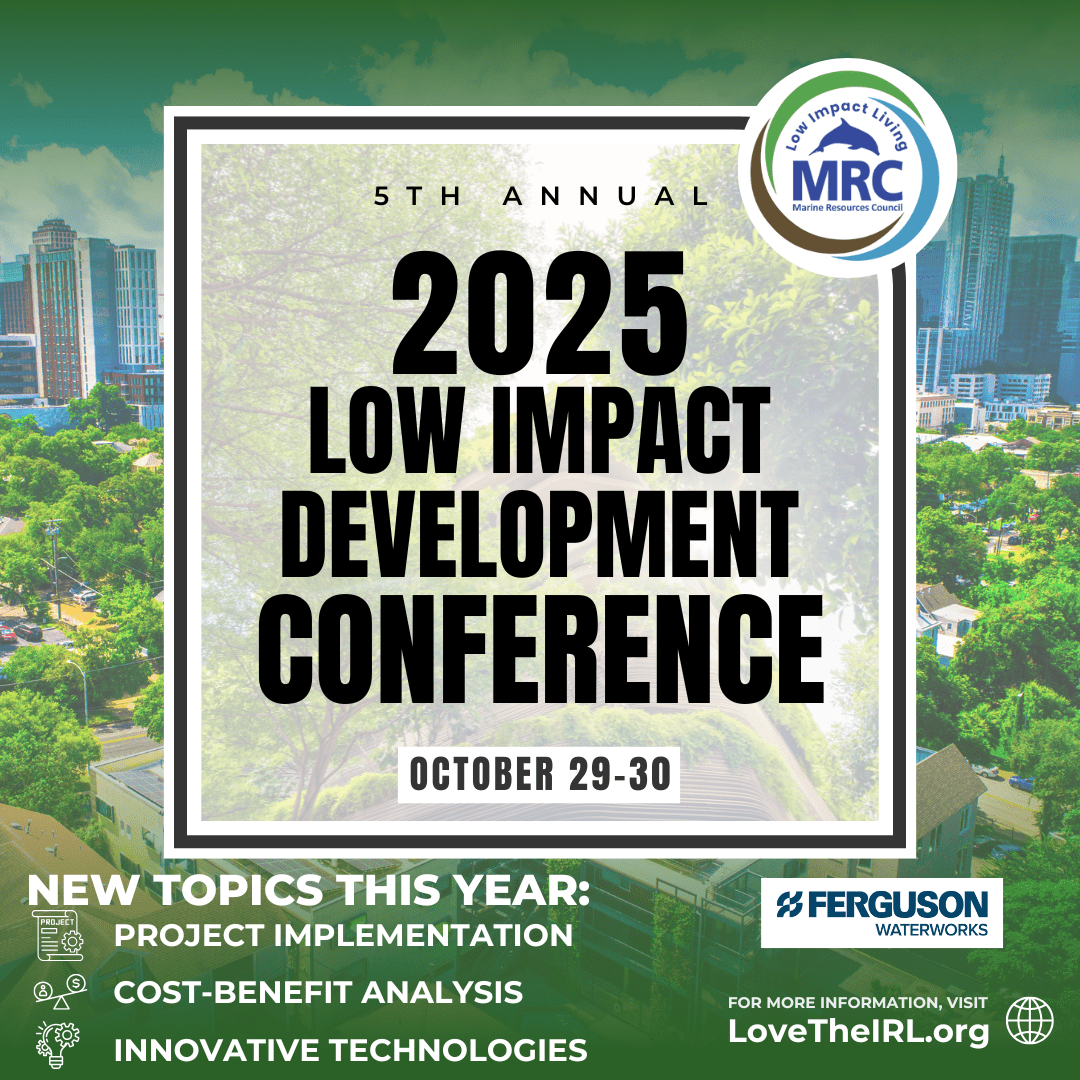
Thank you to our sponsors!
LID Partner

Visionary Sponsor
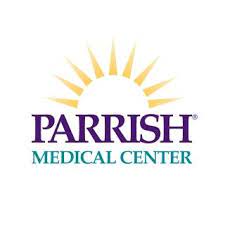
Champion Sponsors
Reception Sponsor
Networking Sponsors
Additional Sponsors
Be sure to visit our exhibitors!
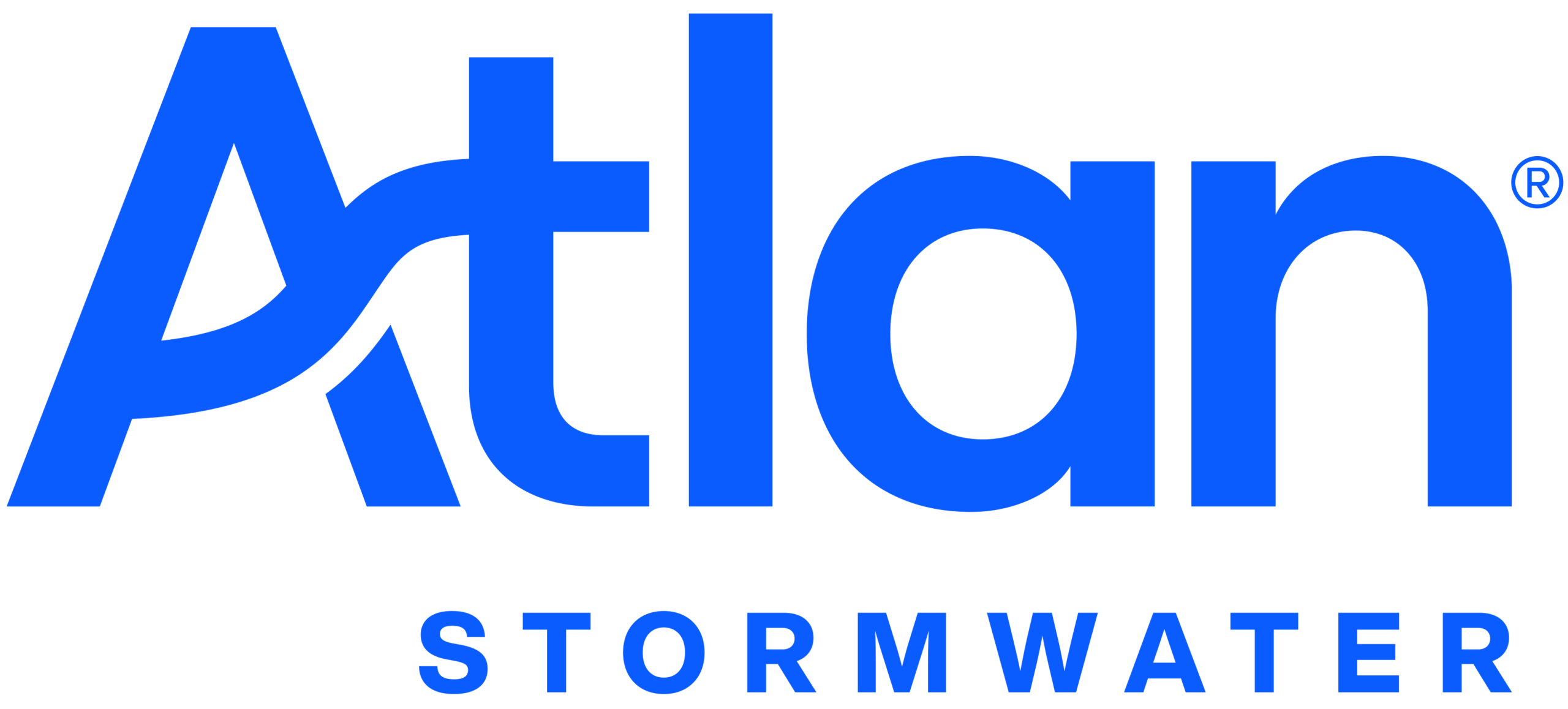


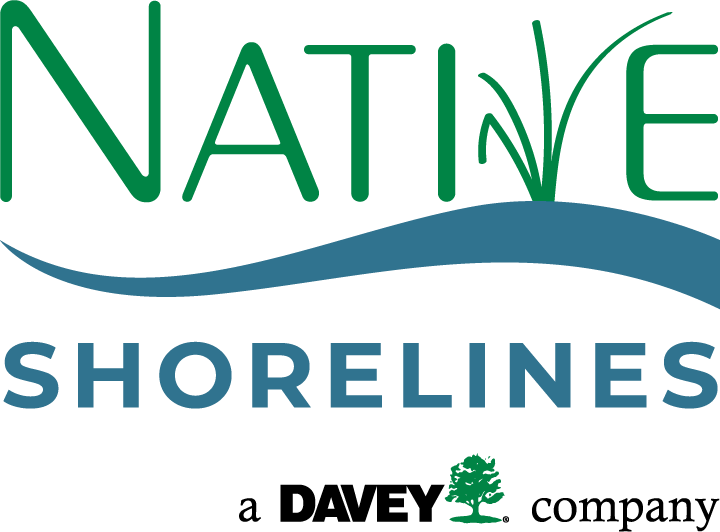


The 2025 LID Conference Steering Committee
Dr. Laura Wilson, Marine Resources Council
Jessica Bruso, Ferguson Waterworks
Eesa Ali, Pale Blue Dot Consulting
Amy Eason, Martin County Board of County Commissioners
Zachary Eichholz, City of Cape Canaveral
Lisa Frazier, City of Palm Bay
Josh Mills, Native Shorelines
2025 MRC LID Conference Resources
Click the presentation thumbnail or the Download button for a PDF.
LID in Action for Cities: Lessons Learned Since Implementing A LID Ordinance
Lily Galleo
City of Titusville
Over the past five years, the implementation of a Low Impact Development (LID) ordinance has shaped how the City of Titusville approaches stormwater management and sustainable growth. From the initial drafting process and adoption challenges to the first year of rollout, the ordinance has undergone continuous evaluation to identify successes and areas for improvement unique to the City’s size, geography, and public interests. Lessons learned from this experience provide valuable insights for improving policies, guiding future development, and strengthening sustainability initiatives within urban planning and community development.
Volusia County Association for Responsible Development: A Hidden Gem
Jessica Gow & Kelli Consentio
Volusia County Association for Responsible Development (VCARD)
VCARD is a not-for-profit dedicated to affecting positive outcomes for the development in our community. They achieve this goal by:
- Facilitating open-dialogue about what, where, and how we build;
- Publishing information on land development to ensure a transparent process;
- Monitoring policies and legislation impacting development choices;
- Acting as a liaison between municipal agencies and professionals in the field;
- Providing educational forums for individuals interested in the health of their community;
- Circulating timely information on development matters.
How did VCARD evolve and how is it still continuing to be successful while being relevant since 1987? This presentation tells the history of how VCARD began and how they are continuing to onboard new and young members.
Deering Park — A Case Study for the Scalable Implementation of Low Impact Development in Sustainable Communities
Ernie Cox
Family Lands Remembered
This presentation explores the comprehensive use of LID strategies across Deering Park, a sustainable, master-planned community located in Volusia and Brevard Counties. Deering Park aims to serve as a replicable model for scaling LID to support both environmental goals and smart growth in ecologically sensitive landscapes.
From Grey to Green to Smart
David Batts
Convergent Water Technologies
David walks us through the evolution of grey infrastructure, green infrastructure and what is going to be, SMART infrastructure and look at how SMART infrastructure will work with the two latter drainage methods to solve our future drainage problems.
Biochar Applications and Lifecycle in the Green Industry
Dr. Chris Fields-Johnson
Davey Institute
Biochar is charcoal made from biomass and used to improve soils and growth media. It is very stable, sequestering carbon and providing porosity, nutrient retention, and water holding without loss of drainage. This presentation discusses the science behind biochar and numerous experiments and practical applications for soil management and growth media. Biochar utilization can simultaneously address the need for carbon sequestration, improved water quality, and better soil performance while upcycling urban green waste and other biomass such as from storm cleanup and wildfire fuels mitigation. It can be a keystone technology to help solve these many problems.
Enhancing Nature’s Principles — Using Floating Wetlands to Create Additional Environmental Benefits in Stormwater Design
Coy Clark
Atlan Stormwater, Inc.
Floating Treatment Wetlands offer multiple benefits and allow our industry partners to bring the principles of nature into their urban developments. This presentation unpacks the underlying treatment principles observed in nature, as well as the process of developing a solution that allows others to bring nature’s treatment principles into the urban space. It also discusses a wide variety of research that has given us a better understanding of the potential of Floating Treatment Wetlands.
Operation TRAP — Using Interceptor Devices for Trash Reduction in Florida’s Aquatic Preserves
Dr. Monica Wilson, Dr. Savanna Barry, & Dr. Laura Reynolds
University of Florida
Our team has partnered with Pasco County, City of Cedar Key, and state Aquatic Preserve systems in the Big Bend and Nature Coast region of Florida’s Gulf Coast to implement Operation TRAP — Trash Reduction for Aquatic Preserves. Litter interception technologies such as storm drain traps, boom catchment devices, and monofilament tubes installed in municipal areas are designed to catch debris before entering coastal waterways. As of today, we have installed 25 storm drain traps, 3 booms, and monitor 12 monofilament tubes. Interceptor devices are cleaned out once a month, weather permitting. As of March 2025 we have collected ~2,400 lbs. of trash in the boom catchment devices, ~8,000 pieces of large debris in the storm drain traps, and 9.5 lbs. of fishing-related debris captured in the monofilament tubes. By intercepting debris at known litter concentration points, we are increasing the efficiency of litter collection efforts, reducing the risk of wildlife entanglement or ingestion, and improving the socio-economic value of the coastal areas by improving aesthetic value. At the end of the project, a municipality toolkit will be produced that will contain answers to frequently asked questions, Florida-specific information, and local government points of contact that will encourage other local governments to implement similar approaches in their communities.
Lessons from the Road
Laura Wilson
Marine Resources Council
The Marine Resources Council’s Low Impact Living initiative extends the principles of Low Impact Development (LID) beyond the built environment to inspire behavior change across households, communities, and governments. Grounded in four pillars—educating the public, empowering citizens, advocating for change, and demonstrating how—this presentation highlights the practical ways individuals can influence systemic environmental progress.
Focusing on the Empowering Citizens pillar, we’ll explore three priority actions community members can take when engaging with elected officials: (1) promoting the use of native plants in landscaping and restoration, (2) supporting investments in modern wastewater treatment infrastructure, and (3) urging local governments to codify and enforce LID principles in planning and development codes.
The Advocacy pillar draws on insights gathered from eight months of conversations with municipal leaders across the Indian River Lagoon region. These discussions reveal both the enthusiasm and the barriers local governments face in implementing sustainable practices—from testing and sharing LID projects to treating stormwater, wastewater, and drinking water as an integrated system—and underscore the critical role of informed, persistent citizen advocacy in driving meaningful change.
New Technologies for Coastal Resilience and Habitat Restoration
Natrx has developed an innovative geospatial analysis platform to proactively identify resiliency issues and plan nature-based solutions. It has also developed a new approach to creating modular structures for Green Infrastructure to address risks before they become a problem. Their presentation will provide an overview of these new technologies and approaches to Green Infrastructure and Low Impact Development; lessons learned from deploying these solutions to various projects and ecosystems; and provide data-informed case studies relevant to the audience.
Mason Harris
Natrx
Benthic Infaunal Responses to Shoreline Restoration
Jessica Cline
Marine Resources Council
Hybrid living shorelines, areas that include limited and less intensive armoring strategies paired with the integration of plants and other natural materials, present an opportunity to marry the need for more aggressive stabilization with the continued preservation of ecosystem functions and biological communities. This project uses species of benthic infauna to evaluate the success of a living shoreline installation at MRC’s headquarters in Palm Bay, Florida.
ORCA’s Multi-Habitat Restoration Project at Riverview Park — Sebastian, Florida
Natalie C. Stephens & Missy Weiss
Ocean Research & Conservation Association
The Ocean Research & Conservation Association (ORCA) launched the Land to Sea Citizen Science Project to implement both water-based (Living Shorelines Initiative) and land-based (Buffered Shorelines Initiative) restoration strategies aimed at improving the ecological health of the Indian River Lagoon (IRL). These strategies work in tandem to stabilize shorelines, reduce pollutant input, provide habitat, and enhance water quality.
In the short term, this project offers a powerful demonstration of dual restoration techniques and serves as a platform for community engagement and environmental education. In the long term, it is expected to provide shoreline erosion protection, habitat restoration, and nutrient filtration, contributing meaningfully to the ecological resilience of the Indian River Lagoon.
Bioswales as LID: Lessons from Indialantic’s Ocean Friendly Gardens for Water Quality & Community Resilience Project
Bill DeLuccia
Space Coast Surfrider Chapter
This presentation details the successful implementation of the Indialantic Bioswales Project, a significant low impact development initiative led by Surfrider’s Ocean Friendly Gardens Program. This project transformed city block-long swales into bioswales populated with Florida native plants, demonstrating an effective nature-based solution for urban stormwater management and ecological restoration.
Barefoot Green Infrastructure in Shoeless Joe Jackson Park: How a Small Park Was Leveraged for Outsized Stormwater and Quality of Life Benefits
Jacob Burkey & Zach Smoot, Woolpert; Judy Wortkoetter
Greenville County, South Carolina
This presentation provides an overview of the Best Management Practice (BMP) retrofit and demonstration project at Historic Shoeless Joe Jackson Park in Greenville, SC, which incorporated seven different types of Green Stormwater Infrastructure (GSI) and Low Impact Development (LID) BMPs into the existing park.
Space Coast RESCUE (Resilience Solutions for Climate, Urbanization, and Environment)
Steven Lazarus
Florida Institute of Technology
Florida faces a confluence of population and climate related issues including heat stress, drought, extreme precipitation, coastal inundation, nuisance flooding, etc. These factors are beginning to have a rather profound economic impact as they continue to drive up the costs of insurance and energy.
Steven describes a unique DOE-funded project designed to directly engage the local community in both the decision making and planning processes that are related to local street flooding, the urban heat island, building energy, and resilience. These co-factors tend to have the greatest impact on communities that are economically challenged. With the assistance of a community-based science liaison and the collaboration of a local non-profit, we are transforming one such community from a data desert to an oasis, one sensor at time. A brief overview of the key project elements is presented as well as plans to produce block-scale detail of suburban heat stress and flooding (for both retrospective and future climate scenarios), assess building energy, and cultivate both community trust and a drought tolerant landscape.
Building Energy Resilience in a Changing Climate: Insights from the Space Coast RESCUE Project
Hamidreza Najafi
Florida Institute of Technology
Building energy use is strongly influenced by meteorological conditions. Rising temperatures in Florida are expected to significantly increase energy consumption, while also posing risks to occupant health and thermal comfort during the hot season.
This project, part of the Space Coast RESCUE (REsilience Solutions for Climate, Urbanization, and Environment) initiative funded by the U.S. Department of Energy, investigates the relationship between building energy use and weather, with a forward-looking focus on climate adaptation. Using high-resolution historical and projected climate data, we quantify how meteorological parameters influence energy consumption patterns in residential and school buildings in Space Coast Florida.
The goal is to work closely with the community to learn about their concerns, to develop climate-informed tools, and retrofit guidelines that help vulnerable communities build affordable energy-resilient, comfortable, and sustainable buildings for the future.
Creating a Climate Resilient Landscape
Emily Ralston
Florida Institute of Technology
Climate resilient, native landscaping provides many benefits. Placing plants in the right locations can lower temperatures, help mitigate stormwater issues and flooding, provide increased drought and storm resilience, expand habitat for pollinators and increase biodiversity. Planting
can also enhance human health, bring the community together and lower building energy costs.
As part of a DOE funded grant, a Florida native prairie habitat has been planted at Melbourne’s Stone Magnet Middle School. The landscaping, which was designed by a local Florida-only nursery, replaced an area populated by grass with a diverse selection of native plants. The impact will in part be monitored by a co-located automated weather station and a manual rain gauge. Students will assist in the collection of data in order to assess the impacts of a small-scale green space on microclimate, building energy, the environment, and ecosystem services.
